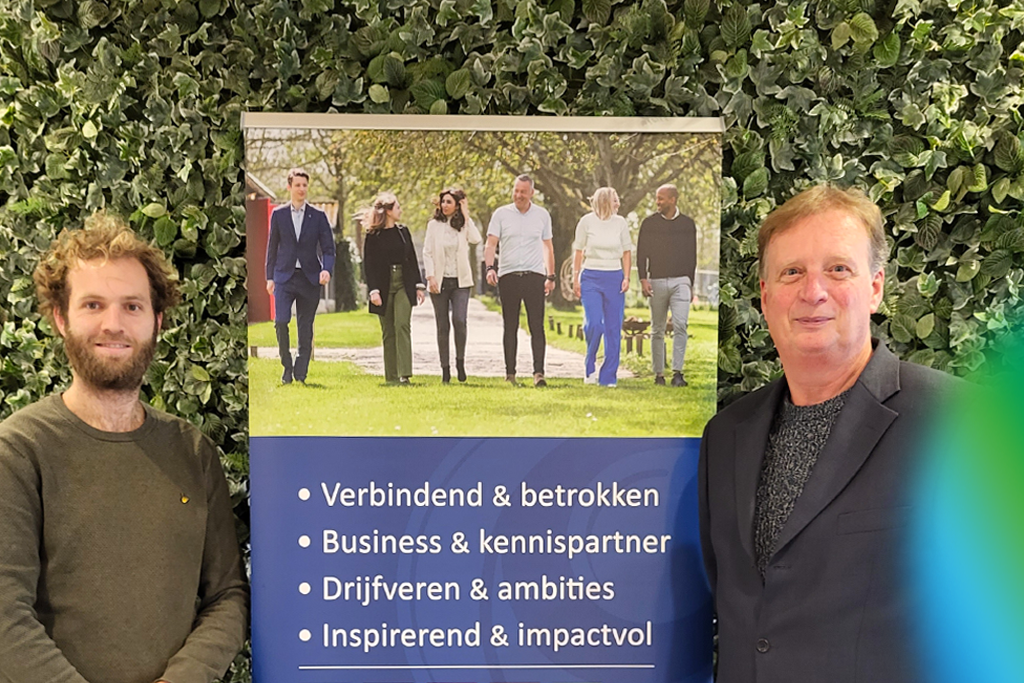Bij Improven zijn we continu bezig met het leveren van waardevolle inzichten en adviezen, maar hoe gaan we precies te werk? Wij geven jou graag een kijkje in de keuken! Momenteel voeren we, in samenwerking met adviesbureau AEF, een herijking uit van de kosten van het klimaat- en energiebeleid. Dit project heeft als doel om een actueel beeld te schetsen van de financiële impact van de energietransitie op decentrale overheden voor de periode 2025 tot en met 2030.
In 2020 voerde adviesbureau AEF een onderzoek uit naar de kosten van het Klimaatakkoord. Nu, drie jaar later, herijken we de uitkomsten van dit onderzoek omdat er inmiddels meer kennis en ervaring is bij de betrokken gemeenten, provincies en waterschappen. Onze opdracht, die we uitvoeren voor de Raad van het Openbaar Bestuur (ROB), is van cruciaal belang voor het slagen van de plannen. Het doel is om een concreet benodigd bedrag te bepalen voor de uitvoering van het klimaat- en energiebeleid. Dit gebeurt binnen bepaalde bandbreedtes vanwege de diverse onzekerheden in het onderzoek. De ROB geeft op haar beurt advies aan de regering over hoe zij de gemeenten, provincies en waterschappen kunnen financieren.

Het proces van herijking: zo pakken we dat aan
We werken volgens de vijf pijlers van het Klimaatakkoord: Elektriciteit, Gebouwde omgeving, Industrie, Landbouw en landgebruik en Mobiliteit. De taken worden per pijler geformuleerd, waardoor we een gedetailleerd beeld krijgen van de benodigde werkzaamheden. We onderzoeken ook in hoeverre nationale plannen de taken van decentrale overheden beïnvloeden. Daarnaast brengen we de investeringskosten binnen gemeenten in kaart, waarbij we ons richten op de impact van deze kosten.
Ons startpunt was de bestaande lijst met taken uit de initiële ijking in 2020. We hebben gekeken naar veranderingen, waaronder de hoeveelheid tijd die aan een bepaalde klus wordt besteed. We hebben experts, zowel van buiten als van binnen de gemeenten, provincies en waterschappen de taken voorgelegd met de vraag of deze nog kloppen. Wat is er veranderd? Dit bleek bijvoorbeeld de hoeveelheid tijd die binnen een bepaalde taak besteed werd. Opvallend was ook de toegenomen relevantie van netcongestie, wat nu een belangrijk thema blijkt te zijn bij vrijwel alle taken.
Deel 1: identificatie van taken
Wij brengen zo onafhankelijk mogelijk de kosten in kaart. De kunst is om echt alleen de taken in kaart te brengen die nieuw én gerelateerd zijn aan het klimaat- en energiebeleid. Een voorbeeld: het stimuleren om met de fiets te gaan hebben wij niet geschaard onder het klimmaat- en energiebeleid omdat het aanleggen van fietspaden al een bestaande taak is. Dit gebeurde immers ook al voor het Klimaatakkoord. Zo concreet mogelijk dus, bijvoorbeeld: zoveel kost het plaatsen van laadpalen in een bepaalde woonwijk.
Deel 2: dieptestudies en enquêtes
De tweede fase omvat dieptestudies, waarbij we de daadwerkelijke behoefte aan mensen, uitgedrukt in fulltime-equivalenten (fte) voor specifieke taken onderzoeken. Daarnaast vragen wij welke investeringen er gedaan gaan worden, die niet direct worden terugverdiend. Een eerste schatting wordt vervolgens verwerkt in een enquête die naar alle betrokken overheden wordt gestuurd. Hierbij vragen we om validatie en onderbouwing van onze schattingen. Kunnen de decentrale overheden zich herkennen in onze schatting? Een belangrijke toevoeging die wij willen doen is een duiding van de cijfers, zodat voor iedereen duidelijk is hoe we tot een bepaald bedrag zijn gekomen.
[ Alvast vooruitlopend op de zaken: interne mobiliteit en kennisbehoefte ]
Wanneer we deze blog schrijven, is het project nog in volle gang. Natuurlijk komt er binnenkort ook een vervolgartikel over dit project online. Maar: het uitgangspunt is dat we in kaart brengen hoeveel fte de uitvoering van de energietransitie met zich meebrengt. Een logische gedachte die je misschien al hebt: de overheden komen waarschijnlijk met een uitdaging te zitten…
Want: wie kunnen deze fte’s invullen? Door het personeelstekort wordt er binnen de lagere overheden uiteraard ingezet op interne mobiliteit. Is de kennis wellicht niet toch al in huis? Sommige taken zullen waarschijnlijk makkelijker met interne krachten te behalen zijn dan andere. Echter, gaat het om een nieuw onderwerp zoals circulair bouwen? Dat is een andere tak van sport waar wellicht toch kennis van buitenaf voor nodig is. Hierover weiden we verder uit in deel twee van de blog over deze opdracht.
Wat dit project zo interessant maakt: dynamieken en diversiteit van overheden
Dit project brengt ons in contact met diverse overheden, van grote gemeenten met uitgebreide teams tot kleine gemeenten met beperkte middelen. Het is fascinerend om de verschillende dynamieken te observeren en mee te nemen in ons onderzoek. Deze variatie maakt het des te belangrijker om een gedegen en evenwichtig advies te formuleren.
Onze vingerafdruk: betrokkenheid creëren en het wegnemen van zo veel mogelijk vragen
Bij Improven geloven we in het creëren van verbinding en transparantie. Medewerkers krijgen de ruimte om hun ervaringen te delen, waardoor we niet alleen de financiële, maar ook de menselijke kant van de energietransitie belichten. Ons doel is om zo veel mogelijk vraagtekens weg te nemen en de betrokkenen optimaal te ondersteunen.
Kortom, het herijken van de kosten van het klimaat- en energiebeleid voor de decentrale overheden is een complex maar uiterst belangrijk project. We blijven jou op de hoogte houden van de ontwikkelingen, want een duurzame toekomst begint bij inzicht in de kosten en de bereidheid om samen te werken aan een groenere wereld.

























